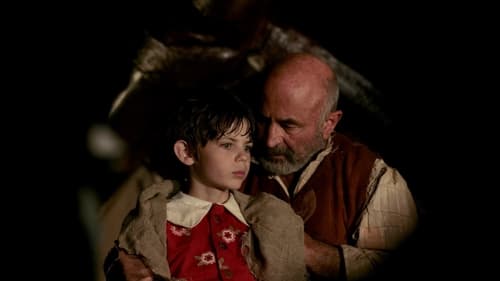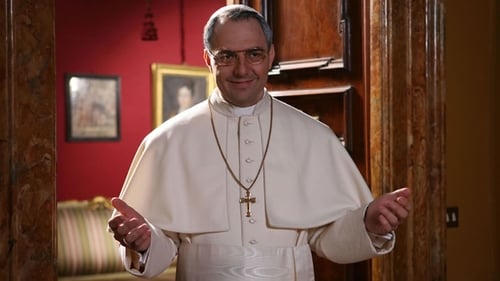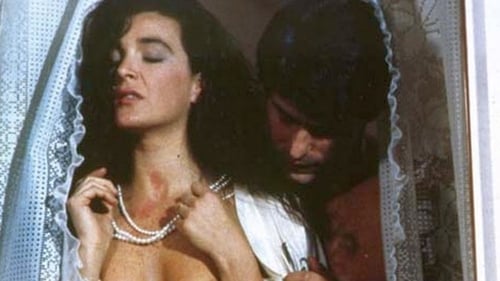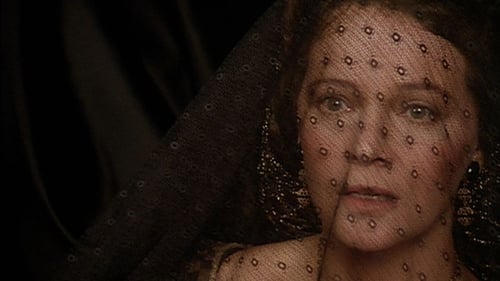
Costume Designer

Costume Design
The enchanted story of Pinocchio.

Costume Design

Costume Design
Cascia, 14th century, Rita Liotti falls in love, gets married and has two children. Her dream of love is soon hindered by a masculine and violent society, that Rita faces with peace and forgiveness. When she loses her husband and her children, she understands she has a mission: pursuing her path of peace, that will lead her to take the vows, and then to become Saint. Rita is a Saint of these days, who lived in a very violent age and was so brave to break free from the vengeance chain, through a deep, sincere and christian forgiveness. She is a particular Saint, talking to everybody’s hearts, as she was everything. She was a daugher, a wife, a mother and a nun, she experienced every sort of life, and in all her different lives she was a living model of christian life.

Assistant Costume Designer
What is the shady affair in which the woman is involved, and what is her role? Is or isn't the man a marquis? Who is the young man played by Fabrizio Bentivoglio, and why does he own that car? Does Basque nationalism have to do anything with the story? Everybody has something to hide, everybody seems guilty.

Costume Design
A serial killer is terrifying the prostitutes in a big Italian city. After few barbaric murdering four prostitutes Lena, Angela, Nadine and Stella decide to unify and try to self-defend themselves. The police and all the other prostitutes agree with the four and the hunting is open. Who is the cruel killer?

Assistant Costume Designer
Venice, sixteenth century. Giulio, a foreign gentleman spends a memorable night in the city where he meets and beds two beautiful women. They are Angela, a widowed lady, and Valeria, whose husband has left for Florence.

Assistant Costume Designer
In this tragic story that has an unrealized potential to tug at the emotions, a woman in mourning for her two sons lost in World War I is the only one in her village determined to financially support a war memorial. The village poor have too little money, and the richer are tight-fisted. She has given a whole 15 years of savings -- yet the good priest, for whom she works as a maid, is not enthusiastic about her action because he is worried that the memorial will not remind the villagers of past horrors and suffering but disguise the human cost of war in rhetoric. As the memorial's advocates begin to sustain the day, flashbacks show how the woman's youngest son shot his captain, deserted the army, and came to die of fever while in his mother's care. The priest helped her as much as possible, yet he feels compelled to tell the authorities that her son was a deserter.




